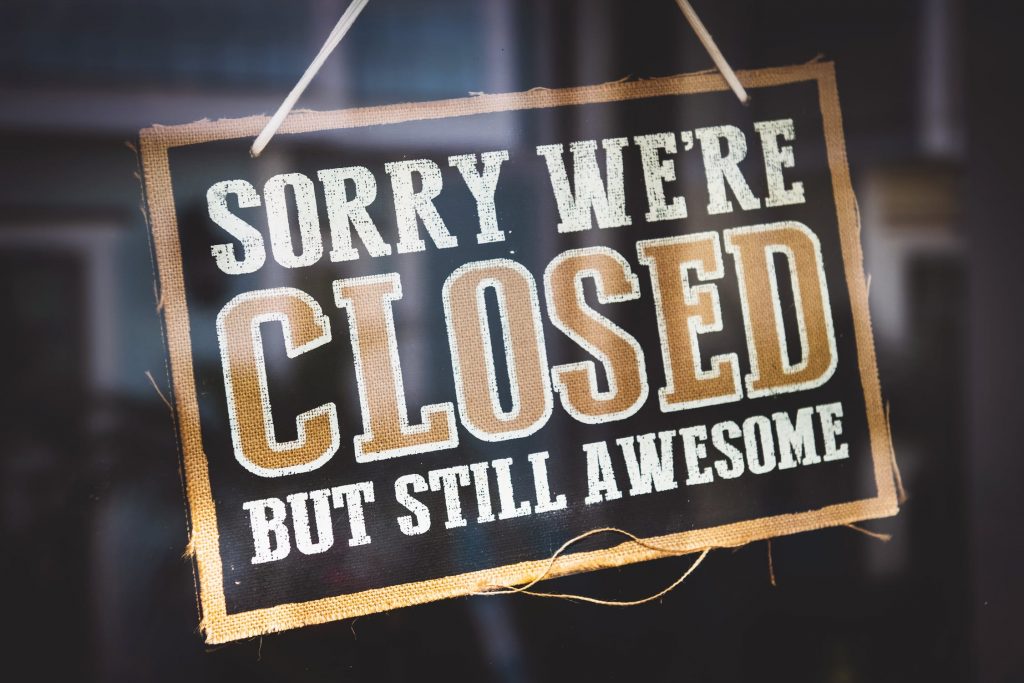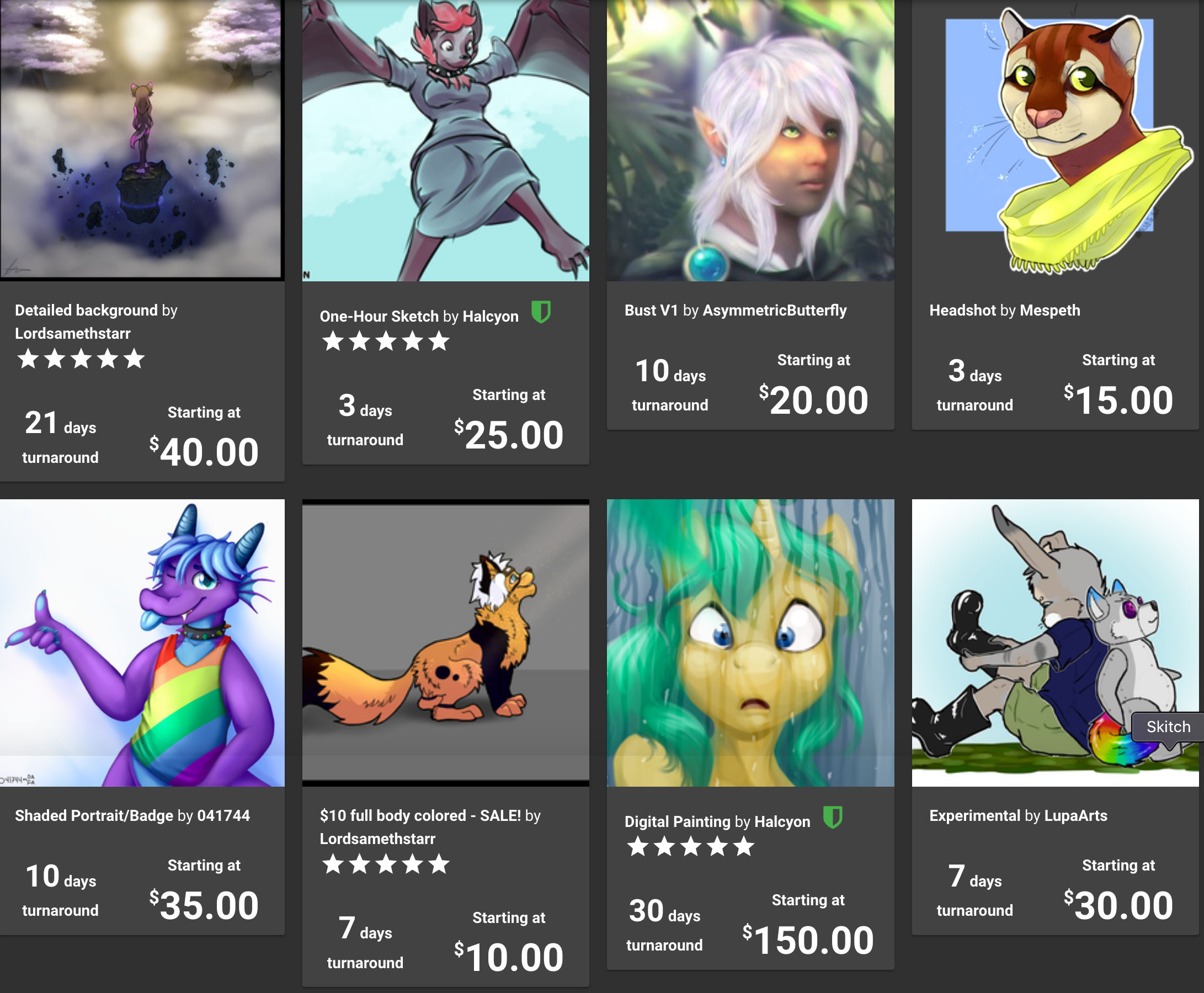You have been drawing for a while and you think you are ready to take on commissions.
You are probably asking yourself how.
Here are some tips on transitioning from a hobby artist to an artist who takes commissions.
1. Pick a time and make it ‘Commission time’
In the beginning, it may seem counter-intuitive to schedule creative work.
Although, you may want wait until inspiration hits you, time management is key when transitioning from a hobby to a profession.
Like with other professions, consistent hours allow you to complete work and deliver it.
Pick the best time for you at least one or two times a week to sit down and work on your art.

A study from the journal of Thinking Skills and Creativity found a strong association between individuals that had planned schedules and their creative capacities.
It turns out providing time for creativity helps generate it!
2. Begin with a ‘Starter Workload’ of One Commission and Make Your Way Up
It may be tempting to say “yes” to anyone who shows interest in the beginning.
Although, without a proper gauge of how long it takes you to complete a piece may make it difficult to properly compensate yourself.
You got your first commission, now to time yourself.
Either by using your phone’s stopwatch or an egg timer, start the timer and put it aside.
This isn’t a race. Take your time, enjoy the process, and try not to get distracted.

It may take you a few days to complete your piece. Make sure to hit your stopwatch and keep track of your time.
When you get to a place where you feel it is finished, make note of your time.
After a few commissions, you now have an accurate reading of your workflow.
Try this:
Offer one-hour sketch commissions.
Take an egg timer or your phone app, and hit the start button.
Sketch on your task, starting with the major lines and making more details as time progresses.
Wherever you are by the end, deliver it.
Don’t worry if it isn’t your best work.
The goal is to be able to create consistent work, and deliver it on time, before long you will improve your skills as well as your speed.
3. Don’t Neglect Yourself
Cool. Your art time is scheduled, and you still have money from your day job.
You still have some time left over, so maybe you can add that into your art time too!
Not so fast– you might want to expand your art time, but you need to consider what you’re giving up. You cannot add more time for one activity without removing it from another.
Some of the activities you drop can be essential to your work as an artist, even if they seem unrelated at first glance.
Spending time with friends, reading, playing video games, watching a show, going for walks, working out– these are all things which might seem ‘less important’ than art time, but if you don’t do them, you’ll wear yourself out.

You’re not a machine, and treating yourself like one is a recipe for disaster.
Making art take up all of your spare time will change it from an activity you enjoy and make money from into an activity you resent, leaving you feeling empty.
Finding the perfect work-life balance is crucial .
4. Keep Promises to your Customers
The only difference between an amateur and a professional is getting money for your services.
The difference between getting paid once and getting paid repeatedly is dependability.
To keep your art commitments, make sure not to overextend yourself.
We went over some things in the previous sections to aid with this.
Making sure you are consistent with your time and quality will simplify your workload schedule and delivery times.

Big projects, ones that offer big money and expand your audience, come after reputation.
Commissioners are looking for consistency and quality.
Someone who is willing to pay a lot for commissions will look for those qualities.
If you find yourself having issues delivering on time, it is time to re-evaluate your work-life balance.
Make sure you are not taking on too many commissions at once.
Remember:
Saying ‘No’ to a commission when your workload is full is not a sign of weakness or inability.
It’s a sign of your commitment of service to those who are in your queue.
A commission makes you money once, correspondingly a reputation creates more opportunities.
Need some help keeping your workload under control?
Artconomy’s AWOO system closes out your commissions automatically when you’re full up!

If you have an emergency and fall behind, the most important thing to do is communicate with your commissioners preemptively.
It is scary to inform a customer that their commission won’t be finished on time.
The method in which you handle these events will reflect on you.
A customer who is left in the dark may grumble behind your back, which can cause you more problems later.
Even if you’re not behind, you should be communicating with your commissioners consistently so that they know where their piece stands.
5. Find Your ‘Edge’
There are many artists out there who would like to draw commissions.
Why should someone choose you over someone else?

This is a question you must find an answer to, as it’s core to finding your audience and getting consistent work.
Delivering a piece of art is the basic requirement for being a professional artist, but it’s not enough on its own– it’s everything that surrounds it which makes sales.
Here are some things you can do to stand out:
- Publish portfolios of subject matter you like to draw. Cultivate a reputation for doing work in your preferred genre.
- Find ways to engage your customers and make commissioning fun for them. Streaming is a great example– being able to see the work as it’s being made is exciting!
- Fill in the gaps in a commission’s requirements. Use what you know about the commissioner and subject matter to look up references relevant to the piece. Add in a city skyline, or follow a good reference for a character’s weapon. People come back for more when you show attention to detail.
- Be a great communicator. Ask questions. Show previews. Let customers know when you’ll be working on your piece and when you expect to deliver it.
6. Learn how to Price Your Work
One of the most difficult questions an artist has to answer for themselves out of the gate is ‘how do I price my offerings’? Too high and people will go elsewhere.
Too low and you won’t be able to make money.
Take a look at what other artists are offering.
Locate ones with work quality similar to your own and see what they charge for it.
If you have a hard time being objective about your own work, ask a third party– either a friend you know will tell you the truth or an acquaintance who won’t be afraid to hurt your feelings, to help you look over other artists and judge whether their quality is similar to yours.

Once you’ve located artists of similar quality, look over their portfolios and any information you can find about their reputation with customers.
If they’re charging low but never seem to make anything, it might indicate they aren’t organized.
If they’re charging high but are churning out commissions at an incredible rate, you can expect their speed is factored into that price.
Pro Tip:
When you have gathered a small following, you can have your audience do the work of setting your price for you.
Create a few ‘Your Character Here’ commissions, or a similar kind of template, and then auction off the pieces.
The highest bids are the upper end of what you can charge.
Set your prices slightly under them for more consistency.
The commission you auction off should require your normal level of skill and effort to complete. Otherwise, you might not get an accurate price.
Check the prices you’re charging verses the number of hours you’re working to get your hourly rate.
To get an even more accurate hourly rate, factor in how much time you spend on organizing and handling the business side of commissions, and see if you can use a tool like Artconomy to reduce the amount of time spent on overhead.
7. Get Organized
Artists aren’t known for their organizational skills, but professional ones learn how to organize themselves or find the best tools to do it for them.

You must keep track of payments, contact information, and your progress.
You need quick reference to commission details, and the scope of what you’ve committed to deliver.
This means you need a system. You can create one of these yourself, using a text file or a work binder. Or you can let Artconomy do it for you.
As much as possible, we recommend using technology to organize yourself.
The more time you spend organizing system, the less time you’ll get to spend on art.
You’re also less likely to organize if your system is too complicated.
You can’t avoid the business elements of art, but you can minimize their impact on your creative energy.


